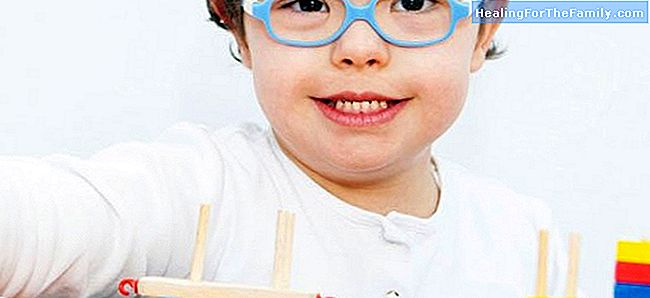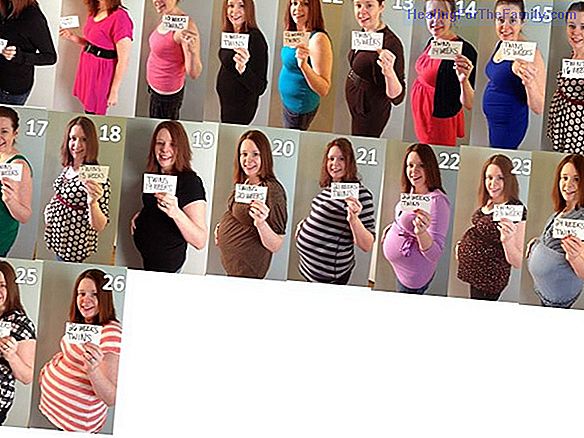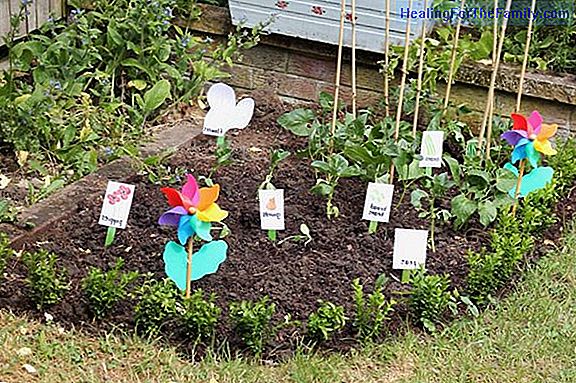Sensory stimulation in children with disabilities
Sensory stimulation began to be used in the 70s as support for those people with some psychic or physical deficit in order to interact with the environment through it . At the end of the seventies, Jan Hulsegge and Ad Verheul, two Dutch therapists, experimented on this type of spaces, becoming so su
Sensory stimulation began to be used in the 70s as support for those people with some psychic or physical deficit in order to interact with the environment through it . At the end of the seventies, Jan Hulsegge and Ad Verheul, two Dutch therapists, experimented on this type of spaces, becoming so successful that they created a sensory unit and established a word to define this concept: snoezelen, contraction of the snuffelen verbs (explore) and doezelen (relax).
'A multisensory stimulation classroom is a space for students with some kind of disability to interact with the environment through the stimulation of their senses', according to María del Carmen Gómez Gómez (Multisensory classrooms in special education. sensory integration in the snoezelen spaces.)
How to stimulate the senses of children with disabilities

In the multisensory classroom positive relationships are enhanced and great improvements in concentration and coordination are achieved. The sensorial spaces consist of different corners: visual, olfactory, communicative and interactive , whose purpose is to work with the students, different stimuli according to the specific characteristics of each child.One of the greatest benefits that the design of these spaces have had is for working with children with autism. In addition,
children with difficulties in language, in sensory perception, with visual deficit , auditory (deaf), motor (cerebral palsy), plurideficientes (deaf and dumb), are some of the disabilities with which they usually work and which present best results.To work in the different corners we must:
- keep in mind the different children that will be in it since, according to their characteristics, the materials and activities should be presented to the student, gradually and vary so that it does not become monotonous.
- the corners have to be separated for example by colors, smells, sounds, or by curtains or change of textures in the floor.
- inside the classroom or sensory space there should be one dedicated to waiting or preparation, in which
the child prepares to enter the space of sensations .- we must mention that not all spaces have to have the same corners, which will vary depending on, as we have mentioned, the children and their characteristics above all.
- the materials used in these spaces depend on; the objective that we want to fulfill, of the characteristics of the students and of the stimuli that we want to work with the children. But in most spaces or sensory stimulation classrooms usually have; water beds, ball pools, vibro massage cushions or touch panels.
Sensory stimulation can be used with children and with adults so we can find classrooms in special education centers, in hospitals or day centers, among others. And it has an
educational, socializing and rehabilitating function.Therefore, sensory stimulation favors the integration of the senses and improves the quality of life of children through the use of materials and resources available in these spaces.












